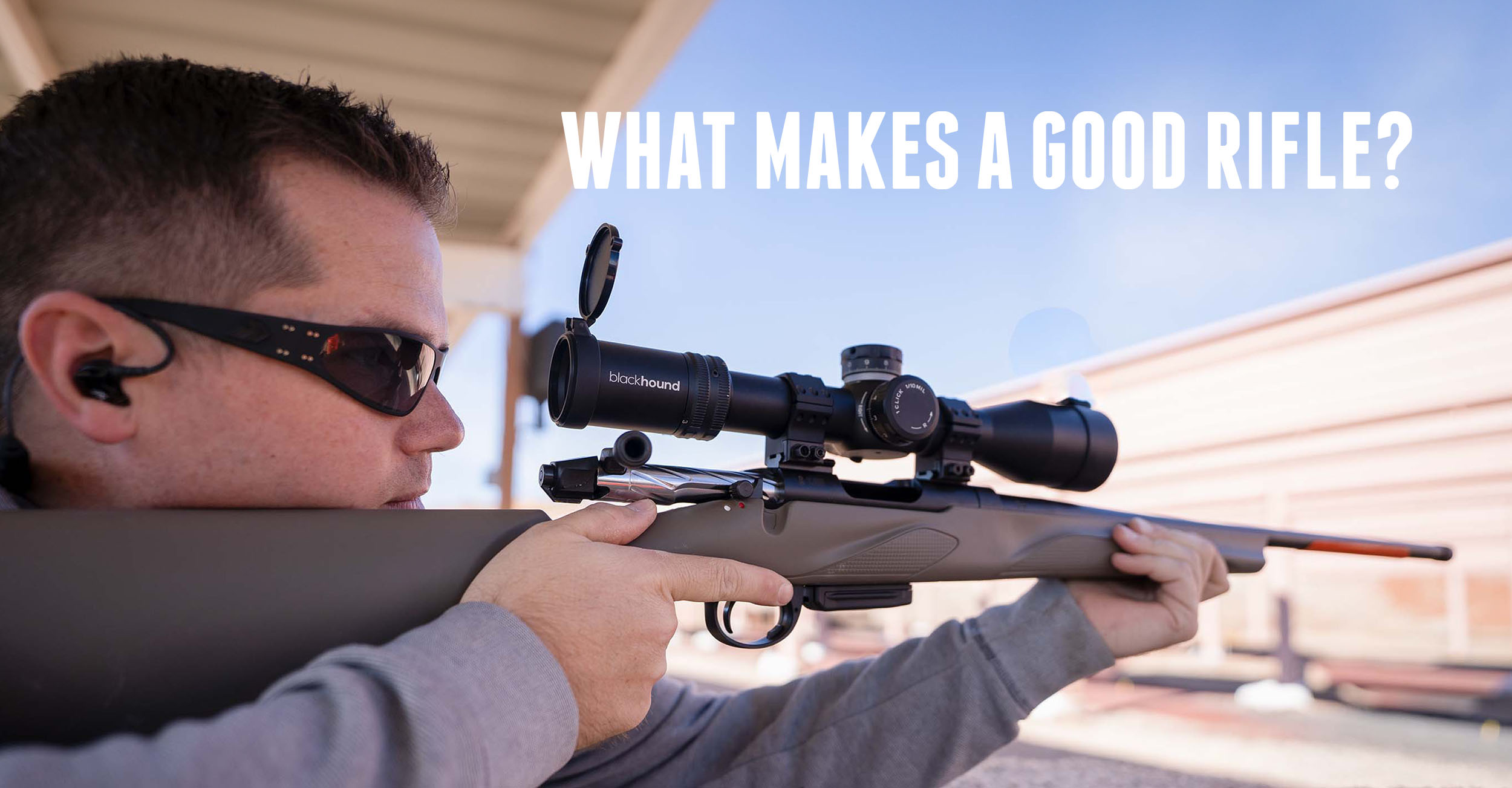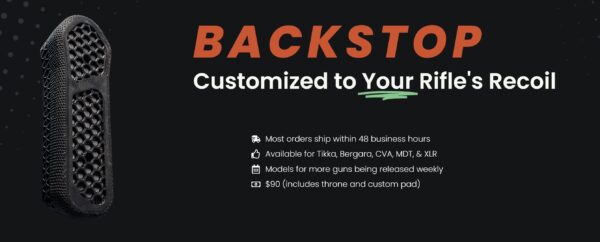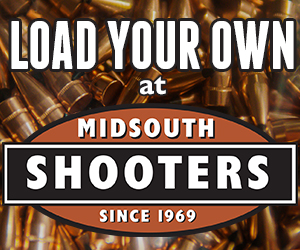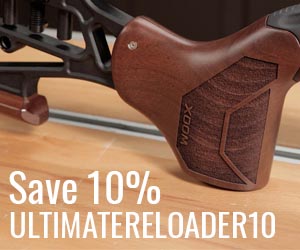What makes a good bolt-action rifle? With so many choices, what should you look for? Jim Harmer from Backfire lays it all out for us.
Disclaimer
Ultimate Reloader LLC / Making with Metal Disclaimer: (by reading this article and/or watching video content you accept these terms). The content on this website (including videos, articles, ammunition reloading data, technical articles, gunsmithing and other information) is for demonstration purposes only. Do not attempt any of the processes or procedures shown or described on this website. All gunsmithing procedures should be carried out by a qualified and licensed gunsmith at their own risk. Do not attempt to repair or modify any firearms based on information on this website. Ultimate Reloader, LLC and Making With Metal can not be held liable for property or personal damage due to viewers/readers of this website performing activities, procedures, techniques, or practices described in whole or part on this website. By accepting these terms, you agree that you alone are solely responsible for your own safety and property as it pertains to activities, procedures, techniques, or practices described in whole or part on this website.
About Jim Harmer
Jim describes himself as a “Hunter, Recovering Attorney, Gun Rights Advocate, and Lover of All Things Outdoors.” His hunting-focused content is available @backfire on YouTube and backfire.tv.
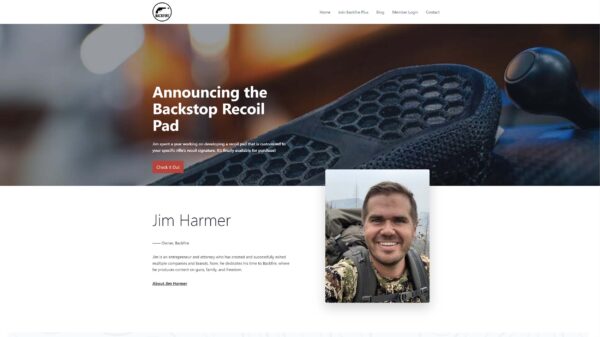
Also be sure to watch Jim in the 2023 Rock Chuck Olympics! He was a bit apprehensive as the field was stacked with world-class competitive shooters, but he greatly enjoyed learning from everyone.
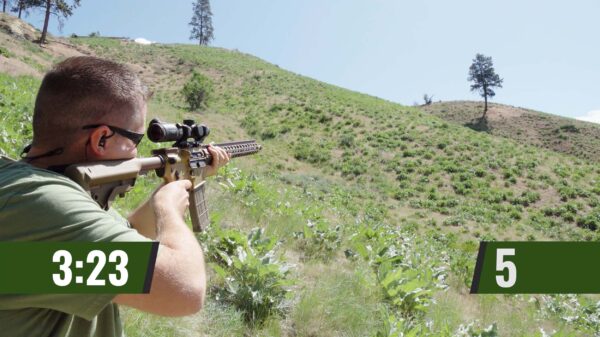
What Makes a Good Bolt-Action Rifle?
The number one thing most people want to know when it comes to a rifle is how accurate/precise it is. This is very hard to articulate while surveying a wall in a gun store and you can’t return rifles. Besides research, Jim encourages consumers to first find out if their desired rifle feeds. This is something that can be verified inside a gun store with dummy ammunition. He has seen more animals missed in the field due to poor feeding than anything else. A hunting gun should feed 100% of the time. With an animal on the other end, swift, ethically-placed shots, both initial and follow-up, are important. If a gun store lets you run some dummy ammunition through the gun, make sure that the ammunition feeds both through the mag and when loaded singly. Also hold the gun at a slight angle and try the same — sometimes a gun won’t feed unless held perfectly straight, something that doesn’t always happen in the field.
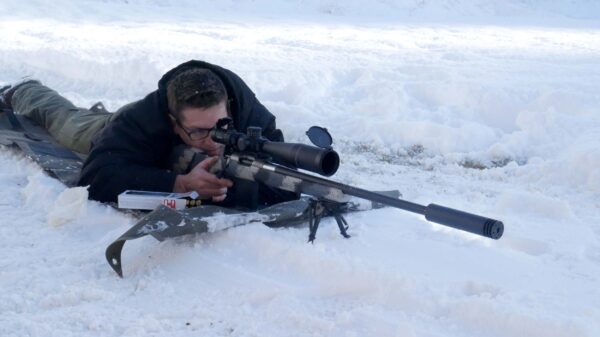
Some cartridges are more demanding with feeding. 6.5 PRC stretches the short action to its limits and you typically need a notched feed ramp for the tip of the bullet to load into the feeding position. I asked Jim if this impacts his cartridge consideration. Jim explained that a number of companies do an exceptional job at ensuring each cartridge is purpose-built for each magazine and rifle. Browning is a good example of this. They conduct significant testing with each cartridge and magazine.
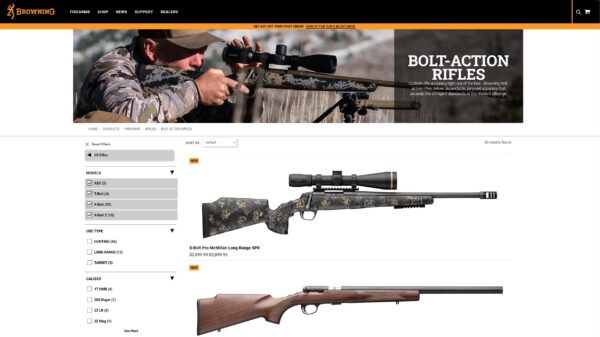
The second item Jim encourages consumers to look at is rifle stock fitment. Many rifle stocks are traditional and not especially well-suited to long distance shots at targets or animals. Many people want a multi-purpose rifle, one they can take out to the range as well as in the field. Adjustable cheek pieces and adjustable buttstocks are wonderful for the greatest versatility across shooters and adventures. Attachment points are the third piece of the puzzle for Jim. He HATES sling swivel studs.
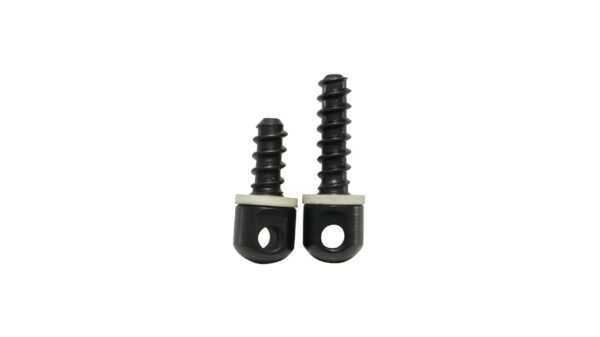
They may regularly loosen and the way they pivot makes it harder to use bags and bipods. He immediately removes any sling swivel studs and adds flush QD cups to the sides of his rifles for more convenient and comfortable carrying. He also adds a section of ARCA or Picatinny rail – both of which are affordable upgrades that drastically change how you can use your gun. I love full-length ARCA rails so you can shoot off a tripod with a bipod mounted!
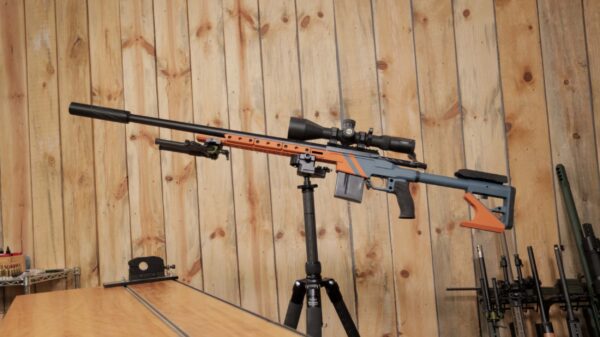
Circling back to precision — it certainly matters although it is impossible to gauge by just holding a gun. Many people say that as long as a gun shoots one MOA at 100 yards, it will be fine. This works well in Eastern states and areas where shots are 100 yards or closer. Western hunting spans much further distances and requires greater precision. Remember, if a rifle shoots one MOA at 100 yards, it may not still shoot one MOA at 1,000 yards. Ammunition also makes a huge difference. Jim does not encourage ridiculously far shots on game, but tackled misconceptions about precision that can lead to wounded animals. You must have confidence in your equipment and your ability.
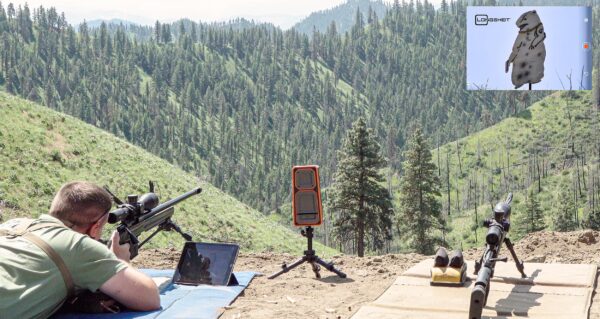
Hunting rifles inherently have heavier triggers than competition guns. You have to be proficient with your gun so you don’t accidentally jerk the trigger in the midst of the excitement. Jim loves two-stage triggers at about two pounds. He claims that this extends the memory of the moment and the hunt for him.
Conclusion
Remember that hunting is different from target shooting. Your considerations vary and live targets are unpredictable. Practice with your gun and gear for the best, most accurate shots possible. Also, learn what is important for you.
Get the Gear
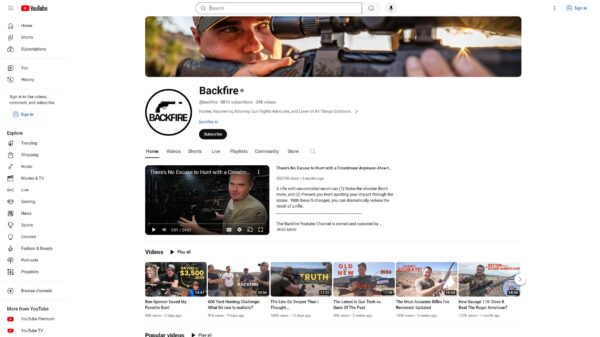
Subscribe to @backfire on YouTube and backfire.tv to keep up with Jim’s adventures!
Jim has also developed a cool recoil reducing rifle buttpad called the Backstop. Check it out HERE:
Don’t miss out on Ultimate Reloader updates, make sure you’re subscribed!
Thanks,
Gavin Gear
